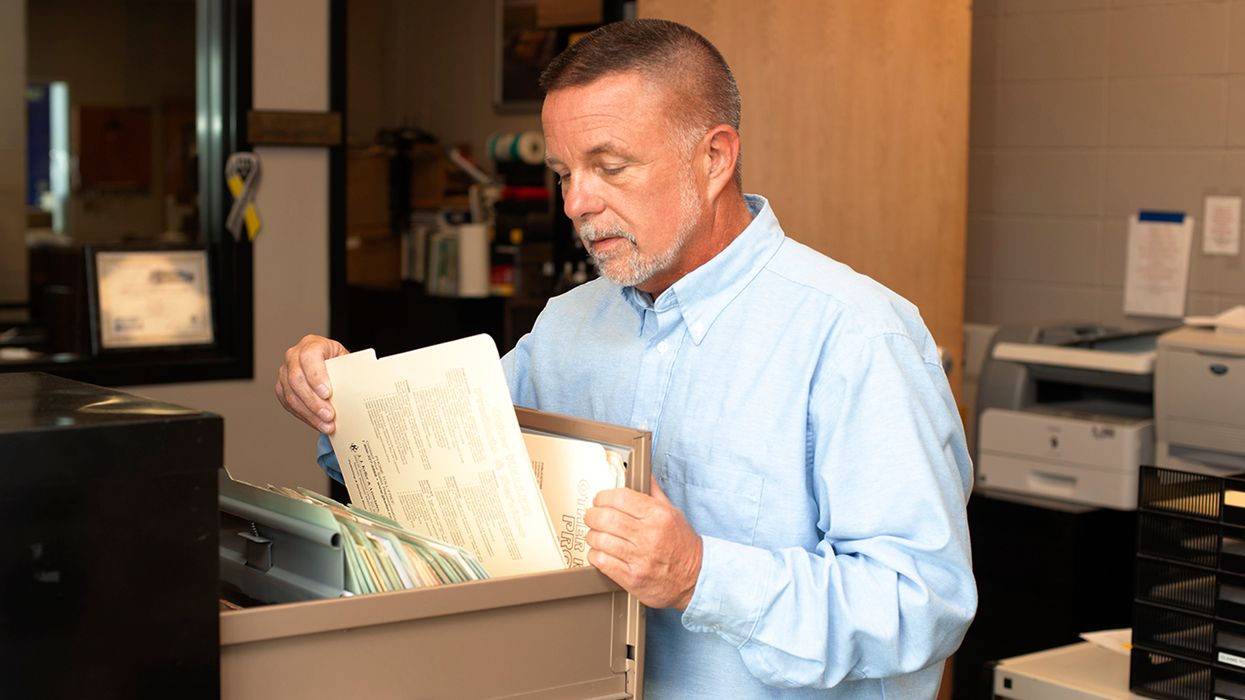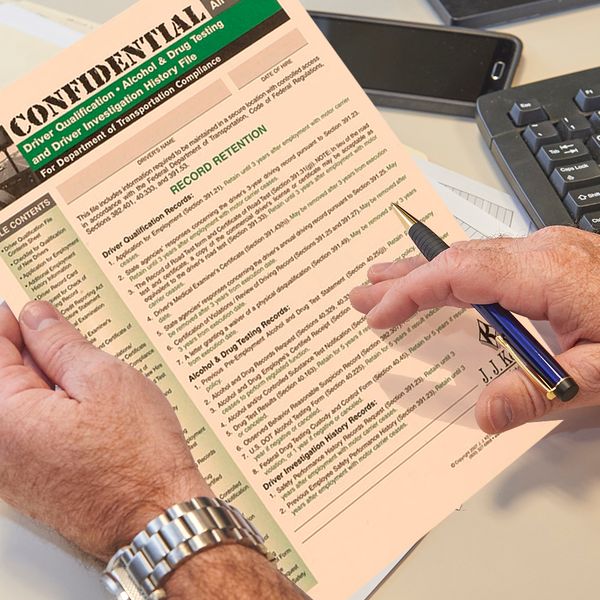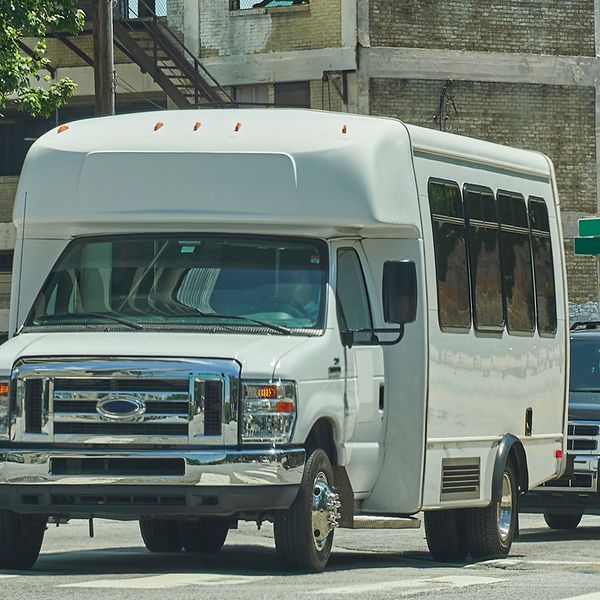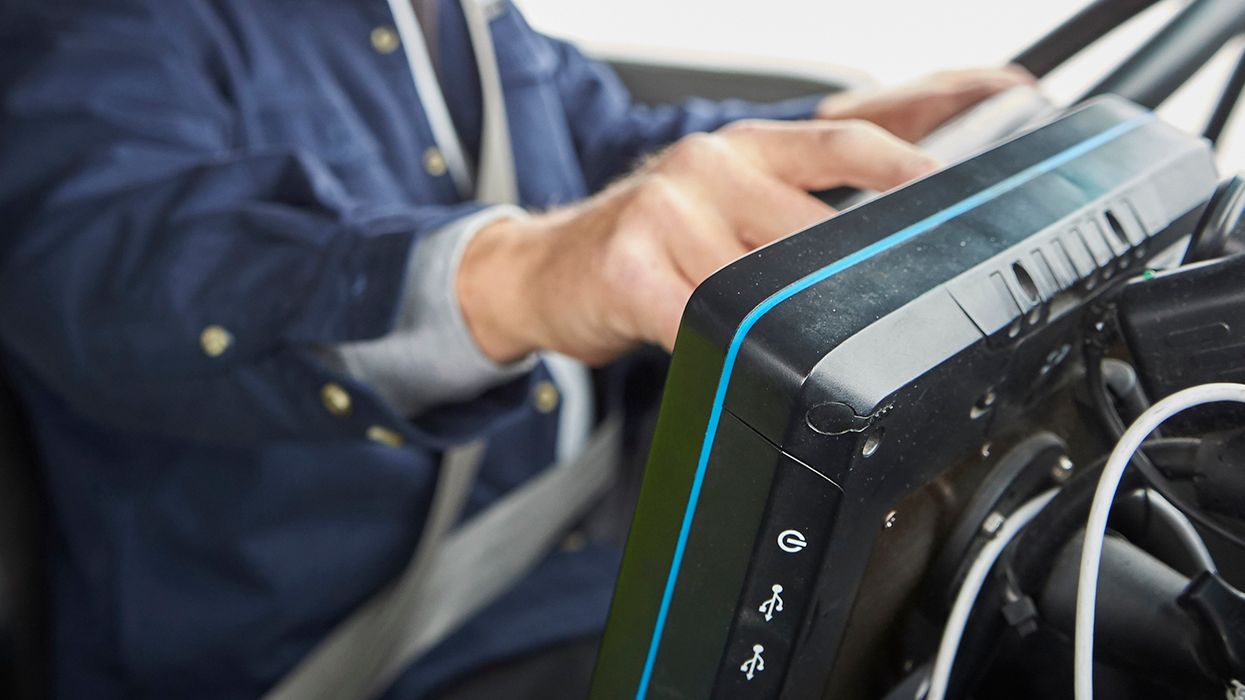Non-regulated vehicle drivers carry potential liability
Employers that operate vehicles must manage risk. Hiring safe drivers is one way to accomplish this goal.
Potential liability exists whether the vehicle operated on behalf of the company is:
- Regulated by FMCSA or the state;
- Non-regulated;
- Driven by the vehicle owner; or
- Company-owned, leased, or rented.
Regulated drivers have minimum qualification requirements. However, employers who hire and supervise non-regulated drivers need to address the question:
How do you manage the risk of operating vehicles not regulated by the Federal Motor Carrier Safety Administration (FMCSA) or the applicable state?
When is a vehicle regulated?
Determining if a vehicle and the driver are regulated is not easy. The starting point is to compare the vehicle(s) in question to the federal or applicable state definition.
The federal definition of a commercial motor vehicle in 49 CFR Section 390.5 is as follows:
Vehicles used on a highway or anywhere the public is allowed in interstate commerce that:
- Have a gross vehicle weight rating (GVWR), gross combination weight rating (GCWR), gross vehicle weight (GVW), or gross combination weight (GCW) of 10,001 pounds or more; or
- Are any size used to transport hazardous materials in a type or quantity that requires placarding; or
- Designed or used to transport more than 8 passengers, including the driver, for compensation; or o Designed or used to transport more than 15 passengers, including the driver.
States’ definitions of commercial motor vehicles vary and may match the federal definition in 390.5. However, many states have adopted a different definition at which safety regulations apply.
Employers must be sure of the applicable federal or state definition. Still, they should strongly consider practices that reduce the risk of a large verdict from a crash involving a non-regulated vehicle.
Non-regulated driver qualification policies and procedures
Even when state or federal safety regulations do not apply, the driver qualification and safety best practices below can mitigate risk.
Establish criteria for job requirements and training for anyone allowed to operate a vehicle for company business. The qualifications should apply to the hiring process and after-hire to ensure they continue to meet the company’s safety criteria.
A primary risk management tool is scrutinizing an applicant’s motor vehicle record (MVR). Maintain minimum standards for each hire that limits the number and type of violations or crashes on their record in a set timeframe.
A minimum of years of experience operating a vehicle, training, and past employer recommendations should also factor into the hiring decision.
Additionally, create a qualification file containing items such as:
- Employment application listing prior employment, accidents, and moving violation history;
- Reference checks;
- Interview documents that show screening for job fit;
- Written consent to investigate the person’s background;
- Medical exam determination that no conditions exist (poor vision or hearing, seizures, etc.) that would prohibit a person from safely operating a vehicle;
- Privacy laws protect personal medical information details.
- Any medical review should be done post-job offer in most circumstances.
- Motor vehicle records (MVRs) from any state or province where the driver held a license in the past three years to confirm the driving history and that there is only one active license.
- Vehicle operator’s license, copy of front and back sides;
- Criminal history checks if legal in the state where the driver is employed;
- Non-DOT drug and alcohol test results if warranted by the role and allowed by law.
- Ongoing MVR monitoring or at least semi-annual MVRs reviewed and documented;
- Road test certificate and evaluation to assess safe driving habits, knowledge of traffic laws, and attitude toward others on the road;
- Documentation that the employee received training to correct any defects noted during the initial road test.
In a separate file, ideally, maintain the following:
- Coaching, training, and counseling documentation, along with any disciplinary actions;
- Training certificates for company or third-party courses on the following subjects:
- Defensive driving
- Fatigue management and the value of sufficient, quality sleep
- Vehicle inspection and safety defect reporting
- Non-DOT Drug and alcohol policy (if applicable)
- Progressive discipline and corrective action policy
- Safe driver certificate signed by the employee agreeing to:
- No driving if license privileges are suspended or revoked.
- No unauthorized passengers.
- No cell phone or radar detector use.
- Inspect the vehicle and report defects to be corrected.
- Obey traffic laws, use seat belts, and safe driving.
- Report all traffic incidents, accidents, or damage.
Caution: Legal counsel and human resources should review the driver vetting process and policies in addition to your insurance company.
Keys to remember:
A severe injury or fatality crash involving negligence in hiring or ongoing supervision of non-regulated drivers can result in a large verdict against the employer. Invest in qualification and training best practices to protect the company.


















































